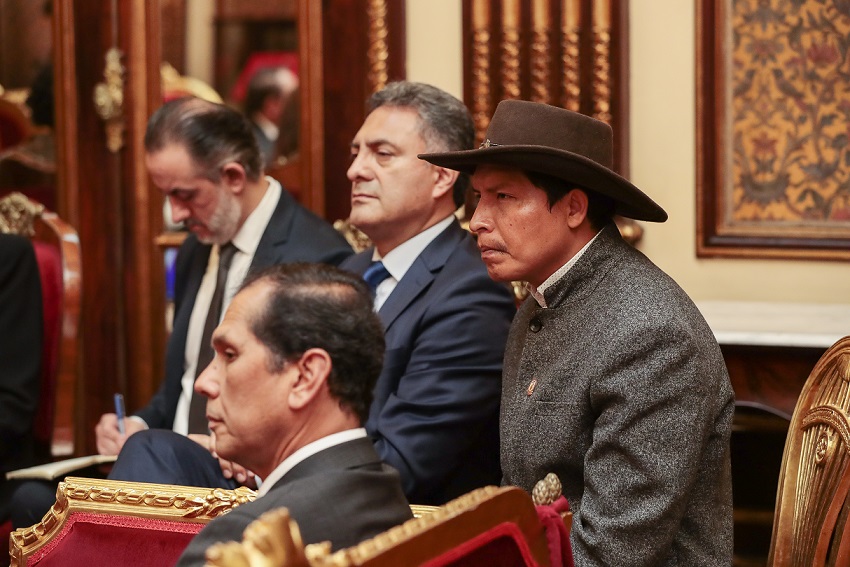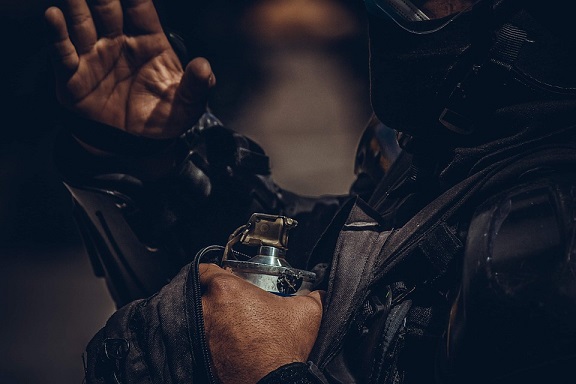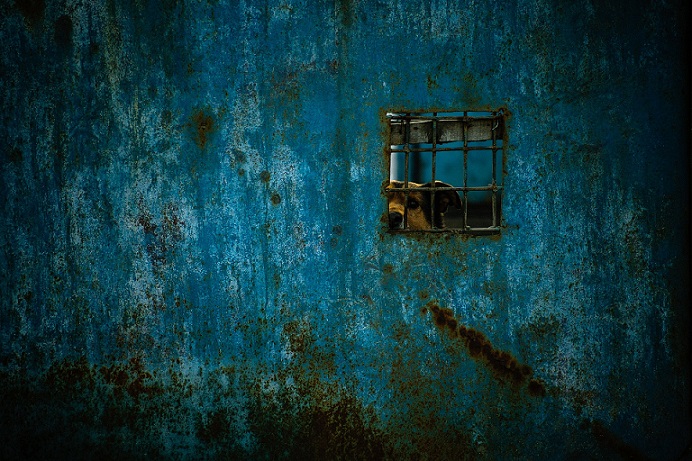The social divide is deepening in this Latin American country. Everything started four months ago, and today Peru is involved in social protests of the greatest magnitude seen in Latin America in recent years.

Sergio Ferrari
The current Government of Dino Boluarte has not managed to ensure normality in this South American country; traversing through a deep and growing socio-political divide. Important sectors, especially the rural population of the country’s interior, are continuing to mobilise themselves, express their rage and frustration and ratify their demands to remove Boluarte.
The government, Congress and the collection of State institutions – except for the Ombudsman – are turning a blind eye, ignoring warnings from the population and risking the crisis escalating and taking unpredictable turns, as it has done up to now.
Journalist and analyst, Zuliana Lainez Otero, 44 years old, who has led the National Association of Journalists of Peru (ANP) for a year and a half, has offered a lucid analysis of the complicated labyrinth which heralds the current Peruvian reality.
Since last December, her country has been the scene of permanent demonstrations and mass social protests. Nevertheless, the international community is now starting to “forget” about Peru. What are the main questions and challenges for the population, more than 100 days after the crisis started?
Today there is a wide-ranging debate about how to characterise the current regime. Some say that there is no democracy and we are in a dictatorship. Others, in their own way, state that Dina Boluarte’s Government is entirely constitutional.
My assessment is that this is an authoritarian regime that has committed serious human rights violations and continues to do so, for example by violating the right to life and protest.
 From 7th December to date, Peru has mourned 60 deaths, resulting from the unsolved political crisis and social outcry. Among other events, hundreds of arbitrary detentions have also occurred and there have been numerous people wounded by repressive action.
From 7th December to date, Peru has mourned 60 deaths, resulting from the unsolved political crisis and social outcry. Among other events, hundreds of arbitrary detentions have also occurred and there have been numerous people wounded by repressive action.
Locals from rural organisations and political parties have intervened, and they have militarily occupied the National University of San Marcos…
The government and security forces have blocked citizen participation in a thousand ways in these new and most recent protests. In recent months, the right to freedom of expression has been systematically violated. Our Journalist’s Association, the ANP, counted 172 assaults on journalists up to the middle of March; 60% of which were the responsibility of law enforcement, in a very complex climate for exercising the right to inform. And the State does not take responsibility. It does not even assume its essential political responsibility before this situation of misgovernment. Total impunity reigns.
At least those responsible for the ministries linked to repression should have been fired and they should have had to investigate the murders and human rights violations. There is evidence, including on film, of the repressive forces’ participation in at least 48 out of 60 of these deaths.
It would seem that the Government is betting on the deterioration of the protest taking the Peruvian crisis out of the spotlight and mass media.
Undoubtedly: it seeks to clean up the country’s image on an international level. Using, moreover, certain conservative personalities, such as Mario Vargas Llosa, winner of the Nobel Prize for Literature, claimed a few days ago by the current Government.

Official discourse repeats the argument of the constitutionality of the current authorities; justifying its heavy hand, and disqualifying and stigmatising all the protests, labelling the protesters as “terrorists”. They opened the doors to human rights’ observers from the UN, IAS and other institutions, although they do not then take the recommendations from them seriously and they do not rectify the repressive action.
The events that motivated the removal of Pedro Castillo from the presidency are still not totally clear.
Without a doubt they were confusing and incomprehensible events. In any case, former president Castillo’s decision to dissolve Congress corresponds to an attempt at an institutional coup d’état or presidential coup. His announcement of dissolving Congress and other institutions was the biggest mistake of his life and the worst political exit given the pressures that he put up with since 28th July 2021, when he took over the government.
The country’s elites, with the support of business sectors and a large part of the press – though not independent, regional or local media – promoted the constant boycott of Castillo, along with the self-boycott of his environment immersed in evident acts of corruption. Peru is a country with very deep structural faults because the zones of extreme poverty have always been abandoned and especially during this crisis.
For rural Peru, nevertheless, the acceptance of Castillo had meant a sign of hope. Upon confirming that it was not a government representing the urban elite in Lima, as almost always.
 This part of the country began to think that many of their structural problems could at least be heard, if not resolved.
This part of the country began to think that many of their structural problems could at least be heard, if not resolved.
In this context of confusion by Castillo’s mistaken announcement, the interpretation of the constitutionality of the succession perhaps could be considered as valid. However, the big problem came later, when Dina Boluarte became president and started the mass repression. The protest demonstrations began on 8th December and Boluarte opted, immediately, to govern by armed force.
This created an even greater institutional breakdown and the government slid towards a civic-military regime in which the military power takes leadership in order to repress.
What are these political demands? What direction is Peru going in?
The two fundamental demands are the dismissal of Dina Boluarte and to bring forward the elections. Congress already expressed their opposition to the polls taking place before 2026, as is predicted. And Dina Boluarte, for his part, has repeated on several occasions that he is not going to resign, with the argument that his resignation will not solve anything, demonstrating how far removed the current head of state is from reality.
Several ministers have stated that the current protests do not refer to social rights, but exclusively political ones. In this way, they are continuing to stigmatise and disqualify the population. They do not assume that the population has the right to not only demand their social claims but also to raise political demands. With this perspective, the future is going to be as stable and uncertain as it is now. The protests, with several methods, rhythms and intensities, will continue to take place.
 The geopolitics of the crisis
The geopolitics of the crisis
Has this government respected the right to freedom of press and information, freedom of movement and work for information professionals?
Numerous reporters and photo-journalists have been and continue to be the target of law enforcement. Power does not want to leave any type of record of its repression. As we said before, we recorded more than 170 cases of aggression, including the unjustified detentions of communication professionals, four of them during the occupation of the University of San Marcos. The international press was not free from repression, as was the well-known case of aggression that the correspondent for the Spanish news agency, EFE, suffered. In order to respond to the growing criticism coming from abroad about the violation of the right to information, the government foresaw that it would create a Political Protocol, a kind of regulation of the activity
However, this proposal communicated at the beginning of March provoked even more reactions from the international community. It tried to determine who could interview or not the journalists on the protests, and even imposed censorship on the free professional movement covering the protests. PL
(Translated by Donna Davison – Email: donna_davison@hotmail.com) – Photos: Pixabay












.jpg)












